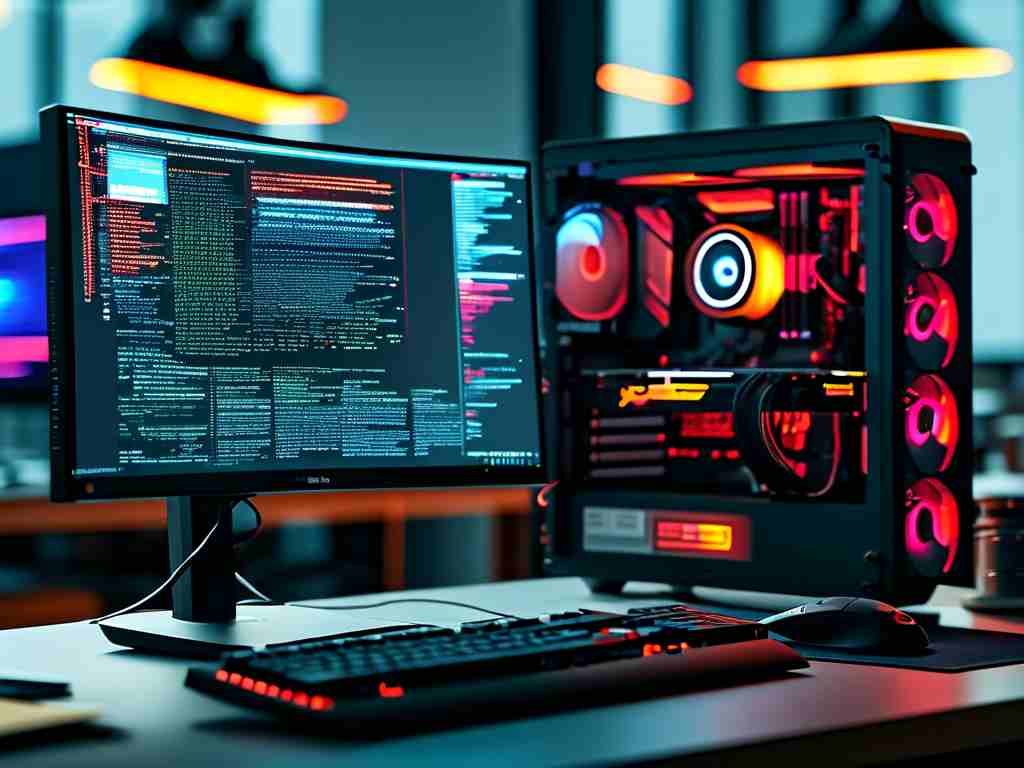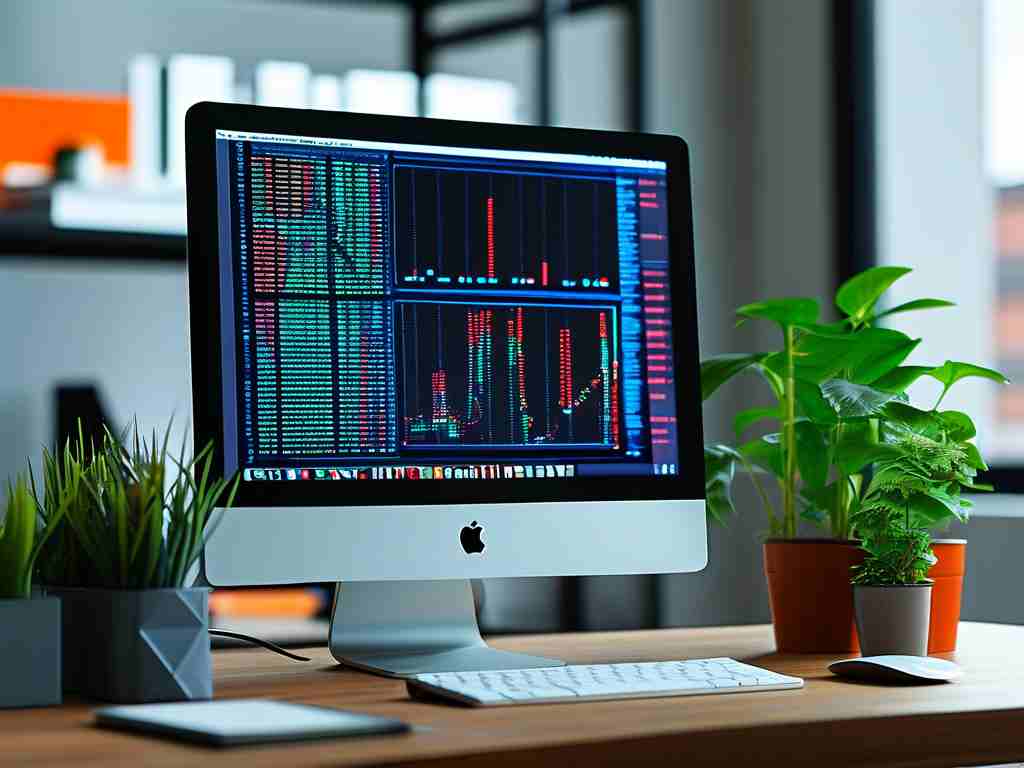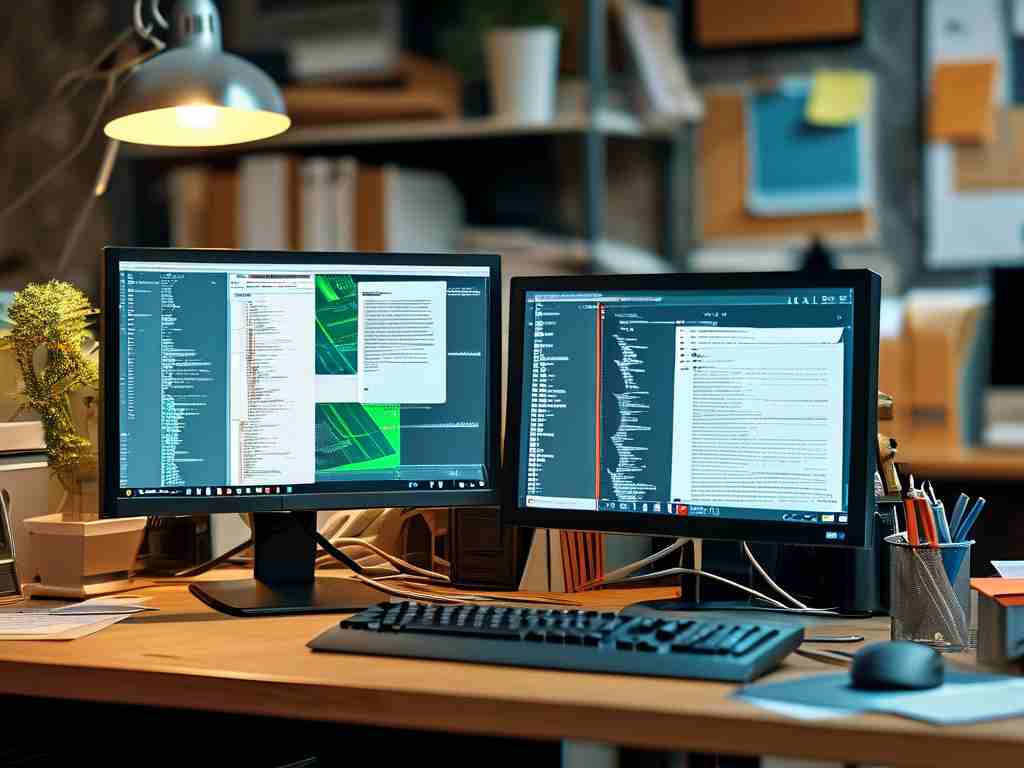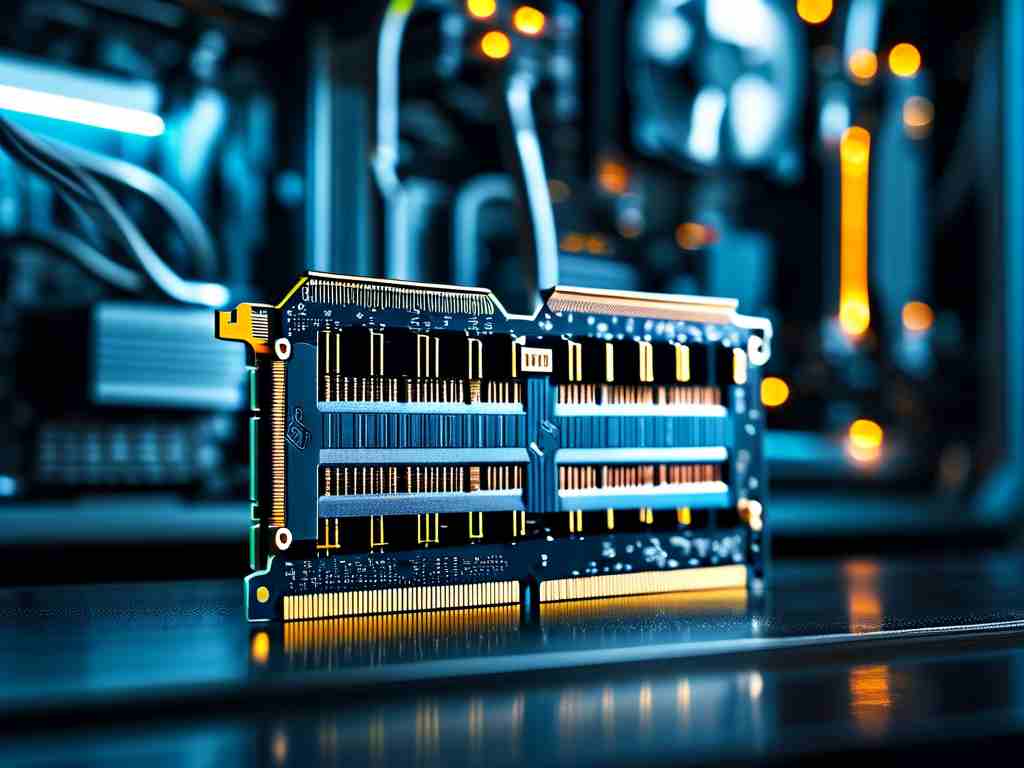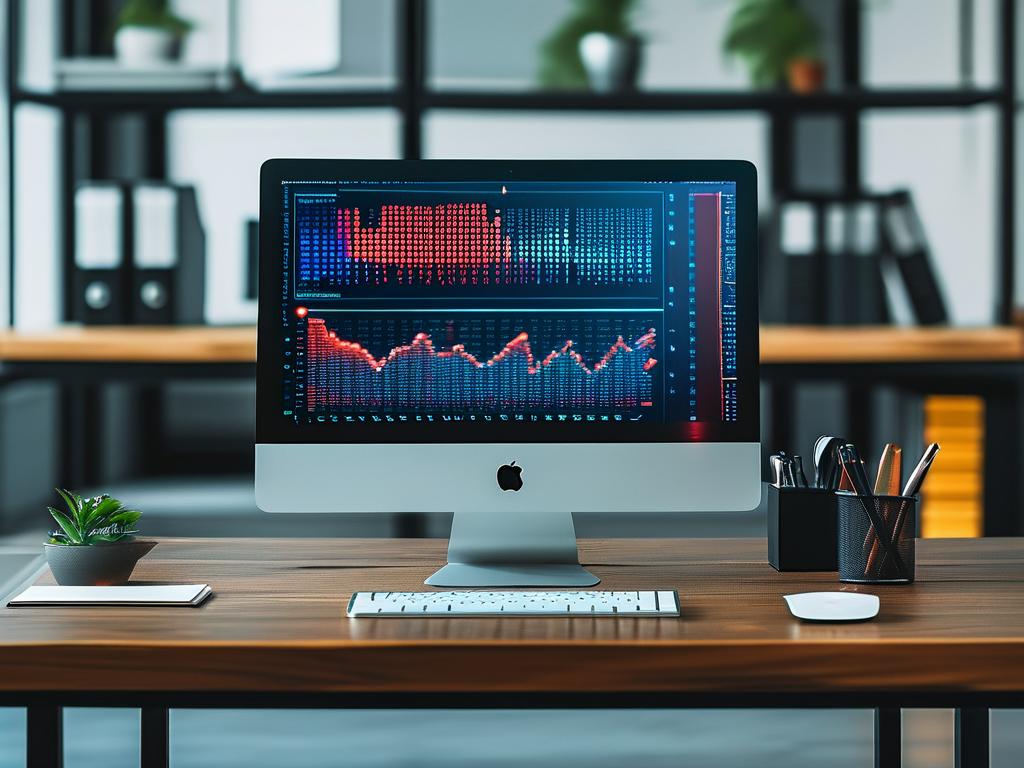Modern computers are designed to handle complex tasks efficiently, but users often encounter situations where system performance degrades due to excessive memory consumption. Understanding the root causes of high memory usage is essential for optimizing device performance and preventing crashes or slowdowns. This article explores the primary factors contributing to this issue and provides actionable insights for managing memory resources effectively.
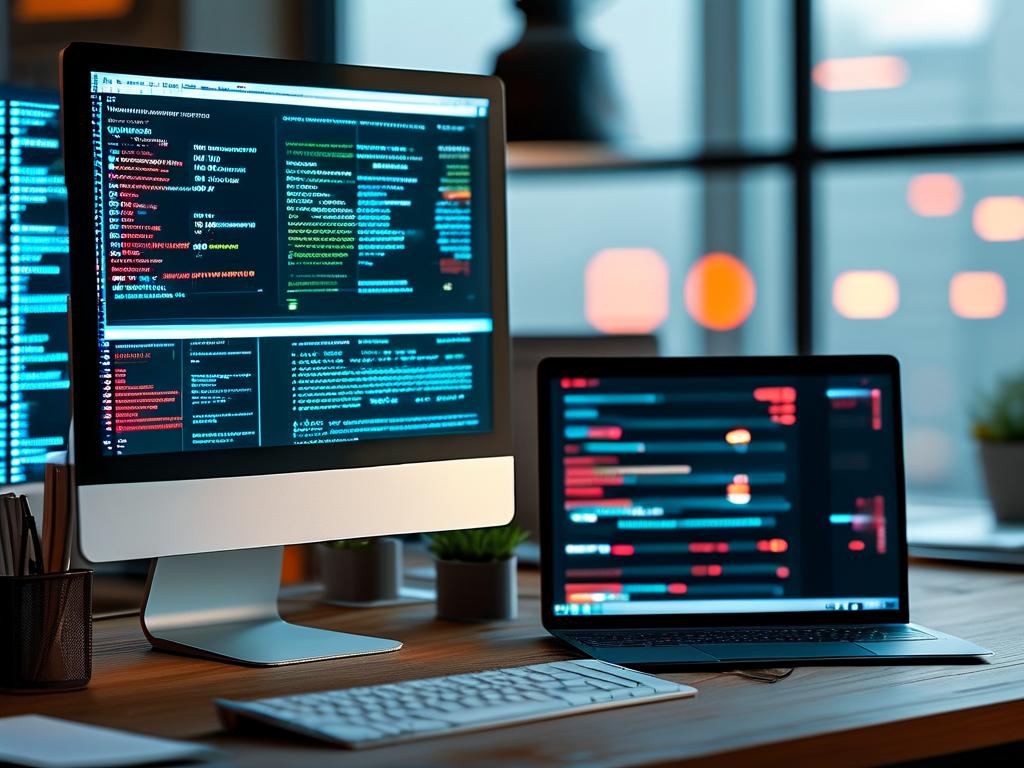
One significant cause of high memory usage is poorly optimized software applications. Programs that leak memory—failing to release unused resources—gradually consume available RAM, even when idle. For instance, web browsers with multiple open tabs or extensions can accumulate cached data and background processes, leading to gradual memory bloat. Developers sometimes prioritize features over efficiency, resulting in applications that demand more resources than necessary.
Another common culprit is multitasking. Running numerous applications simultaneously strains system resources. Each active program reserves a portion of memory, and modern operating systems allocate additional space for temporary data storage. While this improves speed for frequently used apps, it can lead to resource contention. For example, video editing software paired with virtual machines might exhaust available memory, forcing the system to rely on slower disk-based swap files.
Background services and startup programs also play a role. Many applications install helper tools that launch automatically during system boot. These processes often run unnoticed but steadily consume memory. A user might install a cloud storage client, unaware that its sync engine continuously monitors files in the background. Over time, these services compound, leaving less RAM available for primary tasks.
Malware infections represent another critical factor. Malicious software, such as crypto-miners or spyware, often operates stealthily while consuming substantial resources. Unlike legitimate programs, malware intentionally monopolizes memory to execute unauthorized activities. Regular system scans using tools like Windows Defender or third-party antivirus solutions can help detect and remove these threats.
Hardware limitations exacerbate memory issues. Older systems with 4GB or 8GB RAM struggle with modern software demands. Even lightweight operating systems require baseline memory for core functions. When physical RAM is insufficient, systems use virtual memory—allocating disk space as temporary RAM—which drastically slows performance. Upgrading hardware remains the most direct solution, though software optimizations can mitigate the impact.
Memory leaks in operating systems or drivers further contribute to the problem. These occur when a process fails to release memory after completing a task. Over time, leaked memory fragments reduce available resources. Developers address such issues through patches, but users must install updates promptly. For example, a flawed graphics driver might leak VRAM, affecting both gaming performance and general system stability.
To diagnose memory issues, built-in tools like Task Manager (Windows) or Activity Monitor (macOS) provide real-time insights. Advanced users might employ command-line utilities like top (Linux/macOS) or Get-Process (PowerShell) to analyze memory allocation. Below is a code snippet for checking memory usage in Linux:
$ top -o %MEM
This command sorts processes by memory consumption, helping identify resource-heavy applications.
Proactive measures can prevent memory overload. Closing unused applications, disabling unnecessary startup items, and clearing browser caches are simple yet effective steps. For developers, adopting efficient coding practices—such as proper garbage collection and avoiding memory leaks—ensures software runs leaner.
In enterprise environments, IT teams deploy monitoring tools like Nagios or Datadog to track memory usage across networks. These platforms alert administrators to anomalies, enabling swift intervention before systems become unstable.
In , high memory usage stems from a combination of software inefficiencies, user habits, and hardware constraints. By identifying specific causes—whether rogue processes, outdated hardware, or malware—users can implement targeted solutions. Regular maintenance, coupled with strategic upgrades, ensures optimal system performance and extends device longevity. As technology evolves, balancing functionality with resource management remains key to seamless computing experiences.


